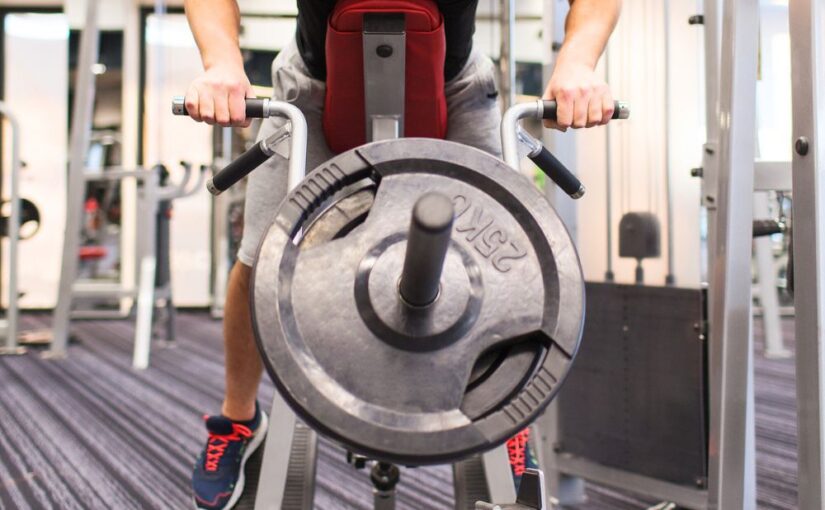When it comes to building a strong back, both the chest-supported T-bar row and the traditional T-bar row are excellent choices. Each variation offers unique benefits and targets the muscles in slightly different ways. In this article, we’ll explore the differences between these two exercises to help you decide which one is best for your training routine.
1. Muscle Targeting
- Chest-Supported T-Bar Row: This variation emphasizes the upper and middle back, specifically the rhomboids, trapezius, and lats. The chest support reduces the involvement of the lower back, allowing for better isolation of the upper back muscles.
- Traditional T-Bar Row: The classic T-bar row targets the entire back, including the lats, traps, and lower back. It engages more stabilizing muscles, as the lifter must maintain balance throughout the movement.
2. Range of Motion
- Chest-Supported T-Bar Row: The support provided by the bench allows for a controlled range of motion, helping to ensure proper form and maximizing muscle engagement. This setup can promote a deeper contraction of the back muscles.
- Traditional T-Bar Row: The range of motion in a traditional T-bar row can vary depending on the grip and stance. This variation can lead to greater overall muscle activation, but it may also require more attention to form to avoid strain.
3. Equipment and Setup
- Chest-Supported T-Bar Row: This exercise typically requires a T-bar row machine with a chest support feature. It’s often found in more specialized gyms, making it less accessible than the traditional T-bar row.
- Traditional T-Bar Row: The equipment needed for a traditional T-bar row is relatively simple, requiring just a barbell and a landmine attachment or T-bar row station. This makes it more widely available and easier to set up in most gyms.
4. Safety and Stability
- Chest-Supported T-Bar Row: The chest support stabilizes the upper body, which can help reduce the risk of injury and allow for a stronger focus on the back muscles. This makes it an excellent choice for anyone with lower back problems.
- Traditional T-Bar Row: While effective, the traditional T-bar row can place strain on the lower back if not performed correctly. It requires good core stability and proper form to minimize injury risk.
5. Training Goals
- Chest-Supported T-Bar Row: Ideal for those focusing on upper back development and looking to isolate back muscles without straining the lower back. This variation is particularly beneficial for rehabilitation or as a complementary exercise in a well-rounded routine.
- Traditional T-Bar Row: Better suited for those aiming for overall back strength and hypertrophy. This exercise engages multiple muscle groups and can be a staple for anyone looking to build mass in their upper body.
Conclusion
Both the chest-supported T-bar row and the traditional T-bar row are effective exercises for back development, but they serve different purposes. If you’re looking to isolate your upper back and minimize lower back strain, the chest-supported variation is a great choice. On the other hand, if you want to engage a broader range of muscles and focus on overall back strength, the traditional T-bar row may be more suitable.
Incorporating both exercises into your routine can provide a balanced approach to back training. Assess your fitness goals, available equipment, and any physical limitations to determine which exercise fits best in your workout regimen. Regardless of your choice, both can lead to a stronger, more defined back!

